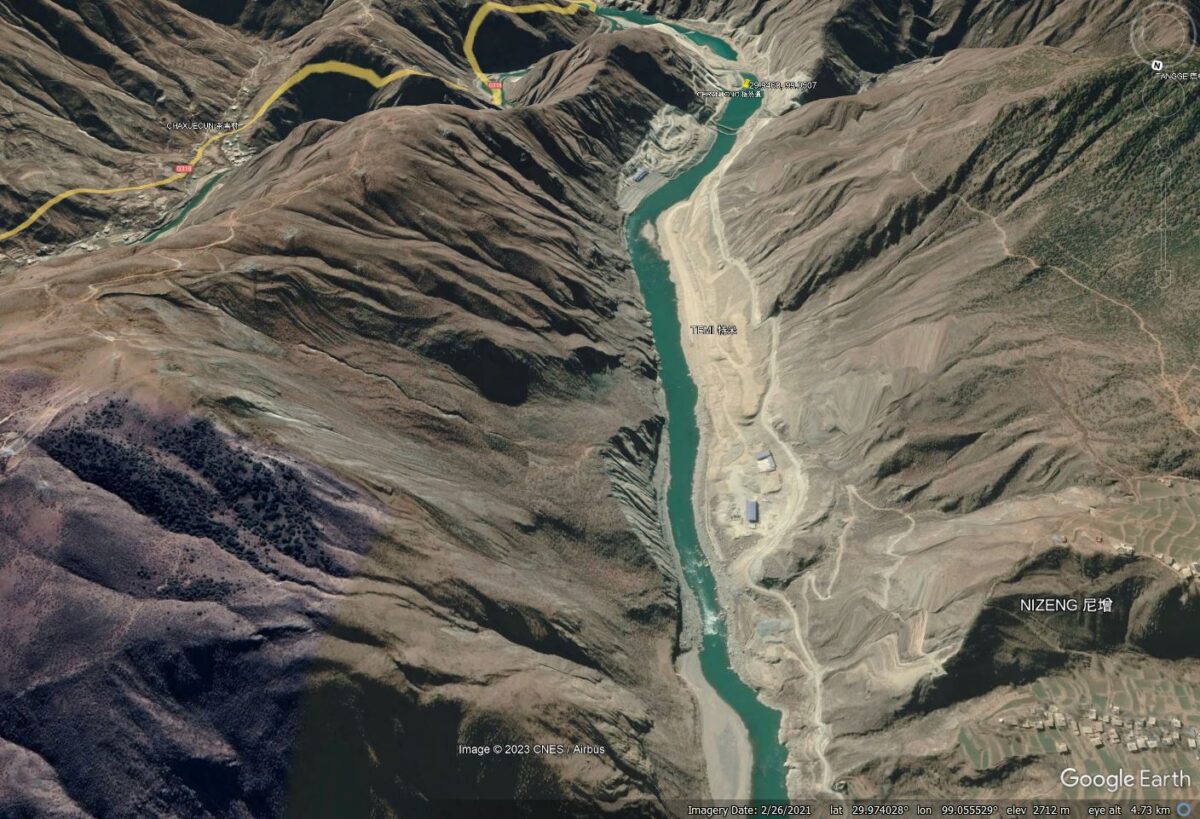Overview:
A new paper (Xie et al. 2023) describes a 35 million cubic metre landslide that blocked a river in China about 1,800 years before present.
The Landslide Blog is written by Dave Petley, who is widely recognized as a world leader in the study and management of landslides.

Loyal readers will know that one of the major themes of this blog over the years has been the hazards associated with large valley-blocking landslides. In the last couple of decades it has become clear that these are more common than we had realised. Of course, the potential impacts of the debris flows and flooding that can result from breaching are huge.
In a paper just published in the journal Landslides, Xia et al. (2023) describe an ancient valley-blocking landslide in Sichuan Province in China. Termed the Temi landslide, this failure is located about 4 km upstream of one of the many large hydro-electric power schemes being developed in the area, the Batang Hydropower Station.
The Temi landslide is captured beautifully on Google Earth. It is located at [29.9742, 99.0567]:-

This was a large landslide – Xia et al. (2023) estimate a volume of about 35 million cubic metres, forming a dam that was about 170 metres high. The landslide blocked a section of the river for a distance of about 1850 metres. The authors identified lake sediments upstream with a maximum thickness of about 30 metres, indicating that the valley was blocked and a large lake developed.
The Temi landslide has been dated using Carbon 14 from organic material in the lake sediments. There is some uncertainty around various dates that have been recorded, but Xia et al. (2023) conclude that the most likely age is about 1.8 ka BP (i.e. about 1,800 years before the year 1950). The mechanisms was most likely to have been a sliding-toppling failure (which I take to mean a flexural toppling mechanism), which prepared the slope for the major failure.
Given the aridity of the area, the authors rule out that the Temi landslide might have been triggered by rainfall, leaving seismicity as the most likely trigger. The site is located close a major active fault and there is a range of other ancient landslides in the area with a similar age.
Of course, that does ask interesting questions about the potential impact of another major earthquake, and in particular the associated landslides, on the multiple hydroelectric schemes being built in this region. But this part of Sichuan Province is certainly not unique in that respect.
Reference
Xia, M., Ren, G. & Tian, F. 2023. Mechanism of an ancient river-damming landslide at batang hydropower station, Jinsha river basin, China. Landslides. https://doi.org/10.1007/s10346-023-02124-5

